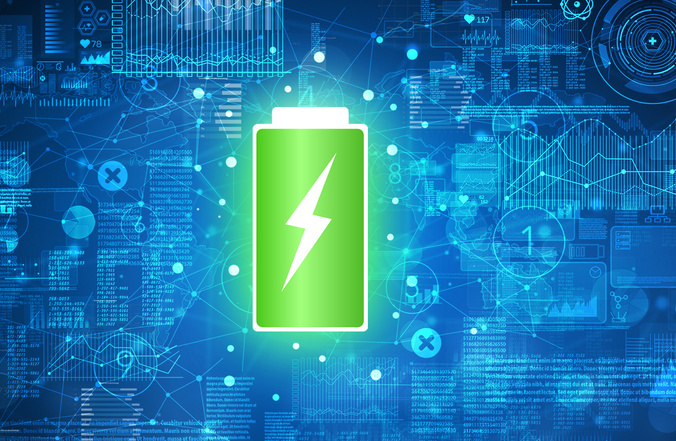With electricity generation on track to transition to renewable energy, Battery Energy Storage Systems (BESS) are becoming increasingly more important to maintain grid stability. Based on the Energy Information Administration’s (EIA) recent data, BESS capacity development is set to exceed gas-fired capacity in the very near future. In 2023, 9.4 GW of battery storage is planned to be added to the existing 8.8 GW of battery storage capacity. BESS has the capability to provide required stability for naturally intermittent renewable energy sources (RES). The rapid growth of BESS deployment and technological innovations has resulted in a lot of misunderstanding and lack of consensus on BESS terminologies. Considering the investment involved, it is very critical to understand the factors that can help maximize the ROI of any project with BESS.
The six factors of BESS resources to keep in mind are:
Purpose
It is important to understand the purpose of having a BESS at a site whether it is for front of the meter (FTM) applications or behind the meter (BTM) applications. FTM BESS is a utility scale interconnected to distribute a transmission network or in connection with a RES. These provide services required by system operators like ancillary services, or network load shifting. BTM BESS is connected behind the utility meter of commercial, industrial, and/or residential customers primarily aiming at electricity bill savings.
Location
Siting of BESS resources plays a very important role in its intended use. A primary consideration is whether it will be a standalone BESS plant or co-located with a RES. If it is standalone, then it is always going to be AC-Coupled and charging from the grid, but if it is co-located with a RES, it can be either AC-Coupled or DC-Coupled. Another important aspect in a co-located scenario is that BESS can be allowed to be charged from an RES only and/or grid.
Services
Planning for value stacking is probably most beneficial for BESS. The term value stacking is used when BESS is intended to be used for multiple services such as renewable capacity firming, smoothing, energy arbitrage, and ancillary services.
Solution
A typical BESS consists of Battery System (batteries, racks etc.), Enclosure(s) with thermal management, Battery Management System (BMS), Power Conversion and Conditioning System (PCS) (switchgear/metering/MV step-up transformer, etc.). Some integrators offer BESS as all-in-one solution whereas in some other cases, customers choose to buy these components from different suppliers. Each setup comes with advantages and limitations.
Integration
Energy Management System (EMS) is a supervisory control system that dispatches one or more energy storage and generation resources. It is required to monitor and optimally control each energy resource, as well as to interoperate multiple energy storage and generation resources to ensure grid stability. One misconception about EMS is that it is only associated with BESS, when in fact, it is required for:
- Coordination of multiple generation resources (PV-Solar + BESS) that vary in size and technology.
- Interfacing with BMS for acquiring operating data to monitor battery health parameters like SOC, SOH, etc.
- Issuing P&Q setpoint commands to PV-Solar & BESS and synchronize output to meet POI requirements.
- Optimal scheduling of energy storage and issuing charge and discharge commands to BMS to ensure safe operation and maximize ROI.
- Flexibility and ease of change to adapt to changing and evolving requirements.
- If a customer chooses to use the subsystems of BESS to be made by different manufacturers, EMS should be able to coordinate their operations.
Data Storage
On-site historian assist’s in logging all the charging and discharging events for BESS. This helps in meeting all the ITC compliance requirements for establishing the charging and discharging of batteries and resources (RES or Grid) used for the batteries.
Apart from the factors mentioned above for BESS sites with consideration of the increasing size of RES sites, it is important to understand that success of these sites rely heavily on the robust and reliable network architecture at the site. For optimal functioning of the site, it is important to have efficient communication to all IEDs at site. Reliable and suitably designed network architecture helps to ensure collection of quality data for performance analysis.
Nor-Cal Controls has lead monitoring, controls and network integration for RES for over 12 years. We have the know-how and engineering capabilities to ensure success of your project. We offer custom built non-proprietary on-site SCADA System including Historian, PPC, EMS/MPC and MET station solutions for PV-Solar/PV-Solar + BESS/BESS only sites. Get in touch to discuss you existing or upcoming projects.
Collaborators: Troy Morlan





